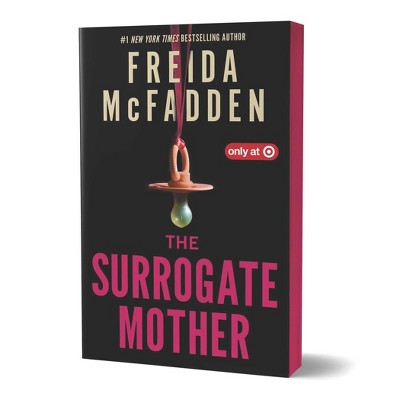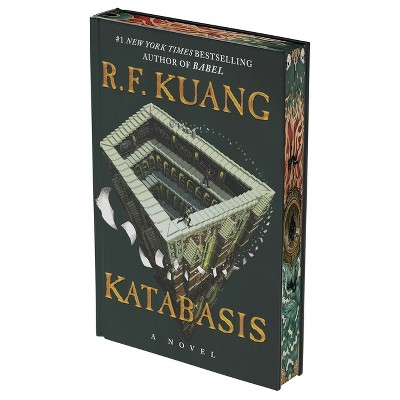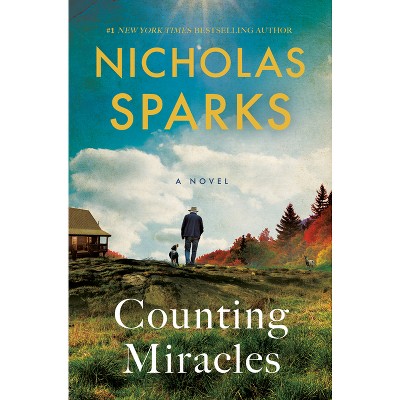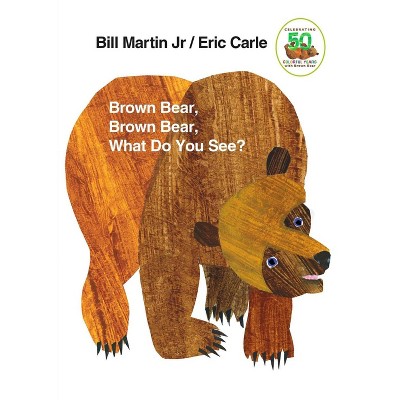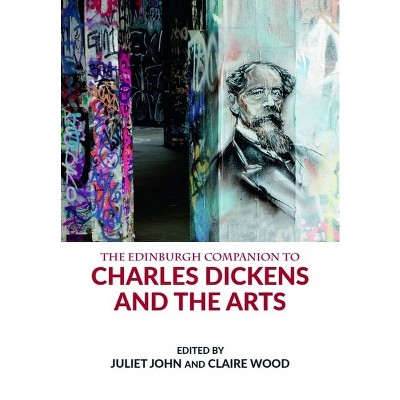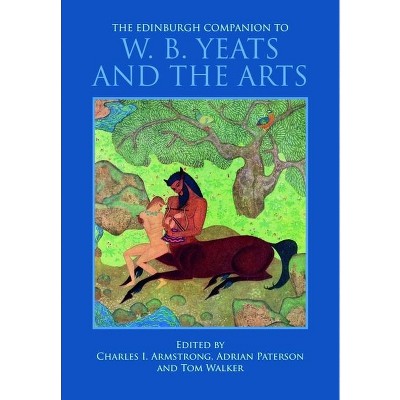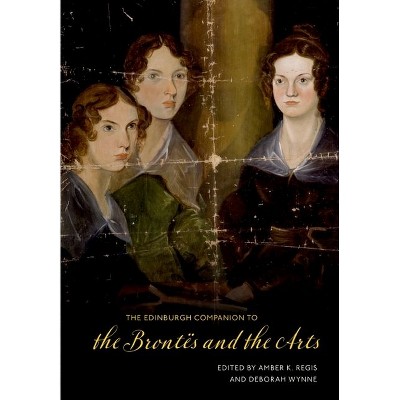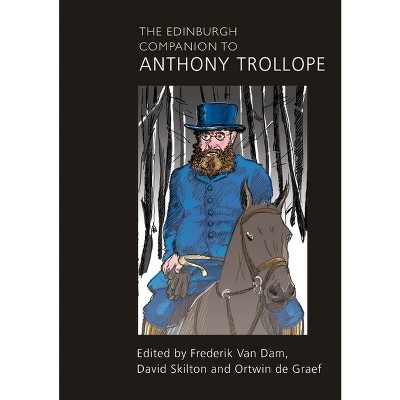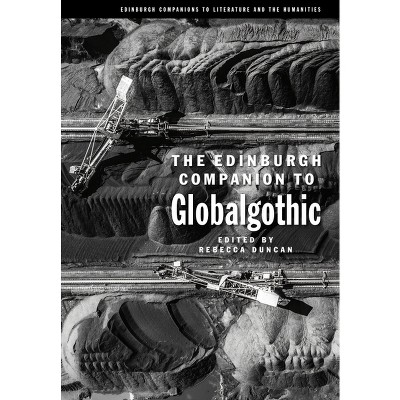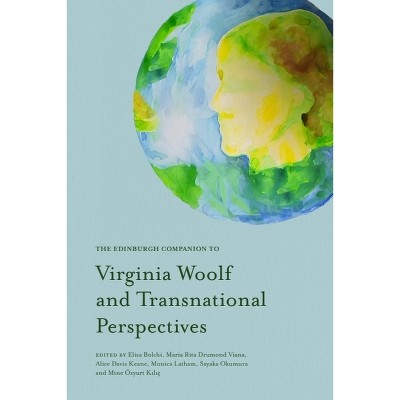The Edinburgh Companion to Jane Austen and the Arts - (Edinburgh Companions to Literature and the Humanities) by Joe Bray & Hannah Moss (Hardcover)

About this item
Highlights
- Jane Austen was a keen consumer of the arts throughout her lifetime.
- About the Author: Joe Bray is Professor of Language and Literature at the University of Sheffield.
- 608 Pages
- Literary Criticism, Reference
- Series Name: Edinburgh Companions to Literature and the Humanities
Description
About the Book
Examines Jane Austen's engagement with the broad range of artistic practices featured in her workBook Synopsis
Jane Austen was a keen consumer of the arts throughout her lifetime. The Edinburgh Companion to Jane Austen and the Arts considers how Austen represents the arts in her writing, from her juvenilia to her mature novels. The thirty-three original chapters in this Companion cover the full range of Austen's engagement with the arts, including the silhouette and the caricature, crafts, theatre, fashion, music and dance, together with the artistic potential of both interior and exterior spaces. This volume also explores her artistic afterlives in creative re-imaginings across different media, including adaptations and transpositions in film, television, theatre, digital platforms and games.From the Back Cover
[headline]Examines Jane Austen's engagement with the broad range of artistic practices featured in her work Jane Austen was a keen consumer of the arts throughout her lifetime. The Edinburgh Companion to Jane Austen and the Arts considers how Austen represents the arts in her writing, from her juvenilia to her mature novels. The thirty-three original chapters in this Companion cover the full range of Austen's engagement with the arts, including the silhouette and the caricature, crafts, theatre, fashion, music and dance, together with the artistic potential of both interior and exterior spaces. This volume also explores her artistic afterlives in creative re-imaginings across different media, including adaptations and transpositions in film, television, theatre, digital platforms and games. [editor biographies]Joe Bray is Professor of Language and Literature at the University of Sheffield. He is the author of books and articles on fiction of the eighteenth and early nineteenth centuries, including The Language of Jane Austen (2018) and The Portrait in Fiction of the Romantic Period (2016). Hannah Moss works in the heritage industry. She completed her PhD at the University of Sheffield and is the co-editor of a special issue of the journal Women's Writingo on the topic of women writers and the creative arts in Britain, 1660-1830. She has also published articles on Germaine de Staël, Ann Radcliffe and Felicia Hemans.Review Quotes
This collection, edited by Bray (Univ. of Sheffield, UK) and Moss (independent scholar), offers a wide-ranging study of Jane Austen's engagement with the arts. The volume is extensive, including 33 chapters from expert authors from a wide range of disciplines and over 100 illustrations. The volume features three parts: "The Arts in Context," "The Arts in Austen," and "Afterlives." The first two parts focus more specifically on contemporary aesthetics and the range of art in Austen's work: e.g., caricature, crafts, fashion, music, dance, theatre, architecture, and gardening. Part 3 "considers Austen's legacy through analysis of her afterlives in print, on stage and screen, and into the digital age." Topics in this section include the publication of her letters, illustrated editions, translations, and adaptations on the page, stage, and screen. The volume also focuses throughout on three themes: Austen's knowledge of contemporary aesthetics and artistic theories; her portrayal of skill in the arts as a "key index to character"; and her depiction of art as it relates to plot development. The diversity of topics and approaches provides a detailed and expansive interdisciplinary study of Austen and the arts.
Summing Up: Highly recommended.--D. D. Schierenbeck, Immanuel Lutheran College "CHOICE"At last, a volume that does justice to Jane Austen's immersion in contemporary arts, and to the ways in which her cultural appetites shaped her novels.
--John Mullan, University College LondonAbout the Author
Joe Bray is Professor of Language and Literature at the University of Sheffield. He is the author of The Language of Jane Austen (2018), The Portrait in Fiction of the Romantic Period (2016), The Female Reader in the English Novel (2008) and The Epistolary Novel: Representations of Consciousness (2003), and co-editor of, amongst others, The Routledge Companion to Experimental Literature (2012).
Hannah Moss works for the National Trust, having completed her PhD at the University of Sheffield. Her thesis, entitled 'Sister Artists: The Artist Heroine in British Women's Writing, 1760-1830', explores how the woman artist is characterised in poetry and prose fiction of the period and she has published articles on the British reception of Germaine de Staël's Corinne (1807), the role of the arts in the novels of Ann Radcliffe, and the paratextual framing of Felicia Hemans' ekphrastic poem, 'Properzia Rossi' (1828).
